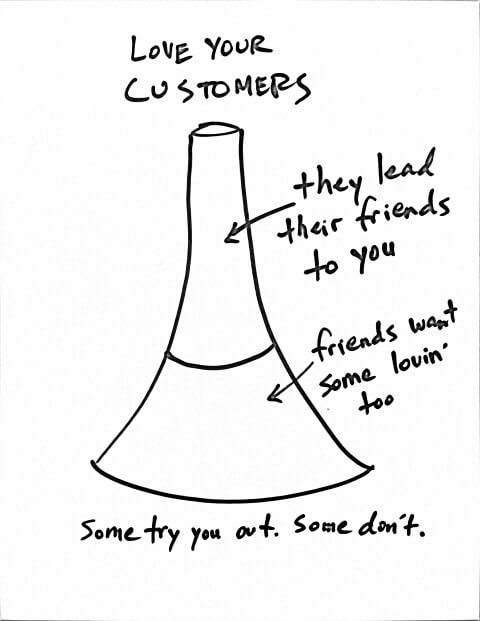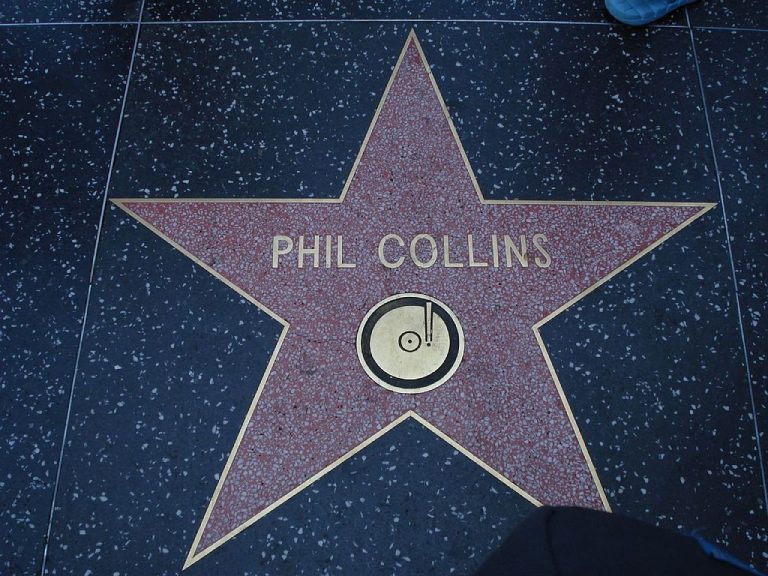For those of us who started marketing and advertising careers before digital really took hold, it feels like the past year or two have seen a significant disruption in the way marketing is working, particularly driven by B2B SaaS.
The rules are changing and the time of spending months fine-tuning a campaign worth a quarter of your marketing budget, launching it and crossing your fingers that it will work are going. Instead, a new, more agile approach to marketing is needed.
1 B2B SaaS customers are renting, not buying. Relationships matter.
Traditional marketing and sales funnels are all about the close – giving just enough information and love to seal the deal and walk away. With a B2B SaaS subscription service, customers have the option to cancel at any time without penalty, and chances are they’re not seeing account servicing staff regularly (if at all). You may try to lock them in with discounts for annual commitments, but they’ve come from a world of significant upfront investment and if they get unhappy, that won’t keep them for long.
Make use of: scrupulous onboarding processes, awesome newsletters, upgrade roadmaps and other reminders of what a sensible decision they made in the first place.
Look to: Squarespace, Canva and Basecamp
2 If they’re looking for anything it’s probably an efficiency improvement rather than a radical rethink.
So often marketers look to be a pain killer for their customers – but what do you do when your audience isn’t really suffering, in need or desperate for a solution? Adding another layer of complexity is the fact that your decision maker is probably not the person needing the solution.
Many B2B SaaS love their products so much it’s difficult to avoid pitching in place of listening. Your role is to be a vitamin instead, and that requires listening, showing customers how it’s working well for others and patience that the message will eventually get through,
Make use of: website surveys, case studies, video explainers and remarketing.
Look to: Xero, Marketo and Qualeroo.
3 You’re easier to find – but they’re not serious (yet) about buying.
In the past finding out more about a product involved a chat with a salesperson – perhaps sitting through a sales presentation or being sent out a brochure. Now with even the most casual of browsing your customer can find out the most detailed information about you – full product specifications, your customer service record, even what you pay your staff.
But much of this Googling is just idle curiosity early in the buying process and you can’t rush this initial contact into a sale too quickly. Taking the time to provide added value content will move them slowly down the path, and combined with qualification at each step can actually makes your sales team’s job easier.
Make use of: insightful content, email automation, qualification forms.
Look to: Hubspot, Kissmetrics and Wistia.
4 Your B2B SaaS product can’t be touched or felt – and unfortunately that’s harder to trust.
When you don’t offer a tangible product, developing trust is important, yet harder to do. The sales cycle will likely be longer – evaluation is tougher and brand awareness and perception will be increasingly important along with the power of social recommendations.
Make use of: evaluation tools, free trials, strong branding, sharing of social media reviews. Open open open disclosure throughout the process.
Look to: Moz with its Whiteboard Fridays.
5 Customers aren’t going to visit your homepage.
For many B2B SaaS businesses making the most of tools like SEO, Adwords or blogging, chances are your home page won’t be where visitors hit your site. Keep these landing pages focused around the search query that brought them to begin with.
But more importantly, understand why they are coming to your site. Make your messaging suit them, and answer their needs, their questions – make the page about them.
And if you’re not using landing pages, reconsider based on the 20% increase in conversion you can expect to receive with a properly designed page.
Make use of: A landing page that reflects the crux of the search terms, clear benefits, testimonials and a short enquiry form.
Look to: Unbounce, this great, detailed example from GrooveGQ.
6 It’s not enough to just have your advertising seen anymore.
Traditionally marketers measured effectiveness through TARPS, circulation figures and other numbers which showed how many people had seen their advertising. We know now that that’s not what’s really important – what matters is engagement and conversion. The enormous benefit of digital is that practically everything can be measured. By building analytics around each stage of the customer lifecycle goals for your business can be set, and success more easily measured and tested.
Make use of: Website analytics, social media analytics, A/B testing, surveys, heat mapping and more.
Look to: ZenDesk who used analytics to not only measure marketing performance but also uncover buying reasons and objections to help shape their product roadmap.
7 You need to put more emphasis on your existing customers.
They’re part of your sales process – happy customers are a critical part of the cost-effective scaling of many businesses through their ability to naturally invite co-users, and share their good experience.
Make use of: special customer offers, special events, even the language and imagery you use in your system.
Look to: Mailchimp – which gives you a high five when you send an email campaign. Founder Ben Chestnut is a proponent of the upside down funnel, which advocates flooding the customers you have with love and attention so they can’t help but tell their friends.

“The more I look around, the more I think this is the most normal, most human, most sustainable way to run your business.”
— Ben Chestnut, Mailchimp
We can’t agree more. High five!
Image via Flickr CC/abstrkt.ch




